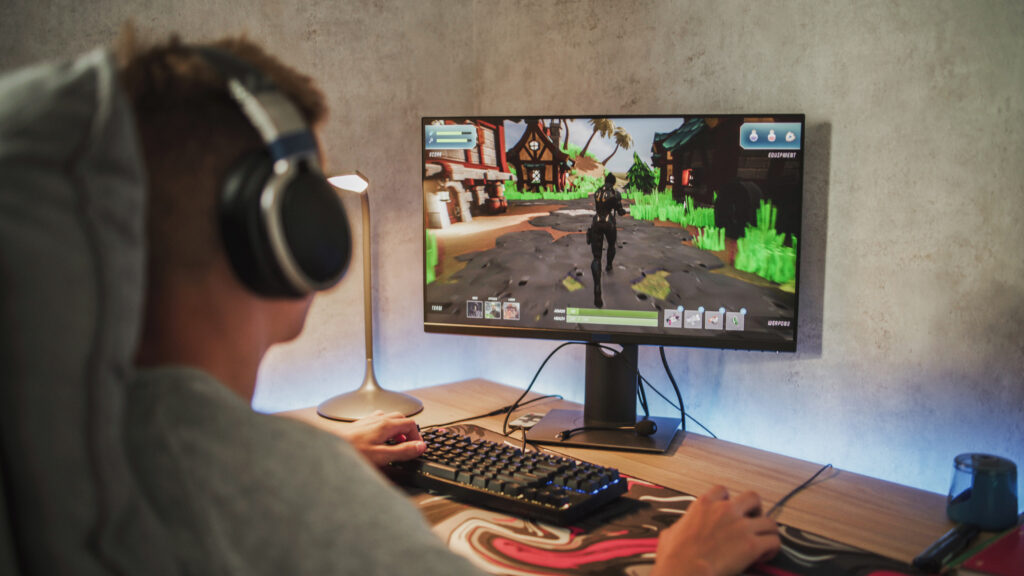Your ten-year-old wants drunk elephant skincare. Your twelve-year-old is begging for Charlotte Tilbury. Welcome to parenting Gen Alpha, where kids have skincare routines more expensive than your mortgage and everyone under 15 apparently needs retinol. The Sephora kids phenomenon isn’t just about beauty; it’s about teaching money values to a generation raised on Instagram.
These kids aren’t naturally materialistic. They’re responding to an algorithm-driven world that profits from their insecurity. TikTok convinced them they need $70 moisturizer for skin that literally glows naturally. Your job isn’t just saying no; it’s teaching them to see through the marketing matrix.
Start with the ingredient education approach. That $68 rare beauty blush they’re obsessing over? Show them the ingredients. Then show them the $7 elf dupe with identical actives. Make it a game: can they spot the difference? Spoiler: they can’t, because there isn’t one. You’re teaching critical thinking and budget consciousness simultaneously.
The earned money experiment works wonders. Give them a beauty budget they control – maybe $20 monthly. Want that sol de janeiro spray? That’s your entire budget. Or you could get three things from the ordinary. Their choice. Watch how fast they become sale hunters when it’s their money.
Create the “investment piece” philosophy early. They can save for one nice thing or buy five cheap things. Track what happens. The expensive palette they saved for gets treasured. The random clearance items get forgotten. This lesson translates to everything later.
The social media literacy component is crucial. Sit with them while they scroll. “That influencer is paid to say that.” “See how they’re hiding the filter?” “Notice how they never show the same product twice?” You’re not crushing dreams; you’re building smart consumers.
Implement the wait list strategy. They want something? Add it to a list. Wait two weeks. Still want it? Wait two more. Half the time they forget it existed. The other half, they realize they wanted the experience of wanting it, not the actual product.
The dupe hunting adventure makes saving fun. Challenge them to find cheaper alternatives. Make TikToks comparing expensive versus cheap. They get content, you get teachable moments, everyone saves money. Your kid becomes the friend who knows all the good dupes.
Address the friend pressure directly. “Everyone has drunk elephant” is this generation’s “everyone has Nike.” Teach them that real friends don’t measure friendship in face serums. If someone judges them for using cerave, that’s not a skin problem; it’s a friend problem.
The bathroom inventory reality check is powerful. Count everything they already own. Calculate the total value. Now calculate how long it’ll take to actually use it. That mountain of lip glosses isn’t a collection; it’s financial waste they can see.
Build their business literacy. Sephora’s marketing targets them specifically because they have access to money but no bills. Show them how companies profit from their insecurity. They’re not customers; they’re targets. Once they see it, they can’t unsee it.
The creativity alternative channels their energy. DIY face masks, making their own lip scrubs, creating spa nights at home. They want the self-care experience more than specific products. Give them the experience without the expense.
Here’s the bigger picture: these kids will face more financial pressure than any generation before. College costs more, housing costs more, everything costs more. If they learn now that their worth isn’t tied to their consumption, they’re already ahead.
The goal isn’t to deny them everything. It’s to teach them the difference between wanting and needing, between quality and marketing, between self-care and self-destruction through spending. These lessons, learned over $40 moisturizers, will save them from $40,000 in credit card debt later.










